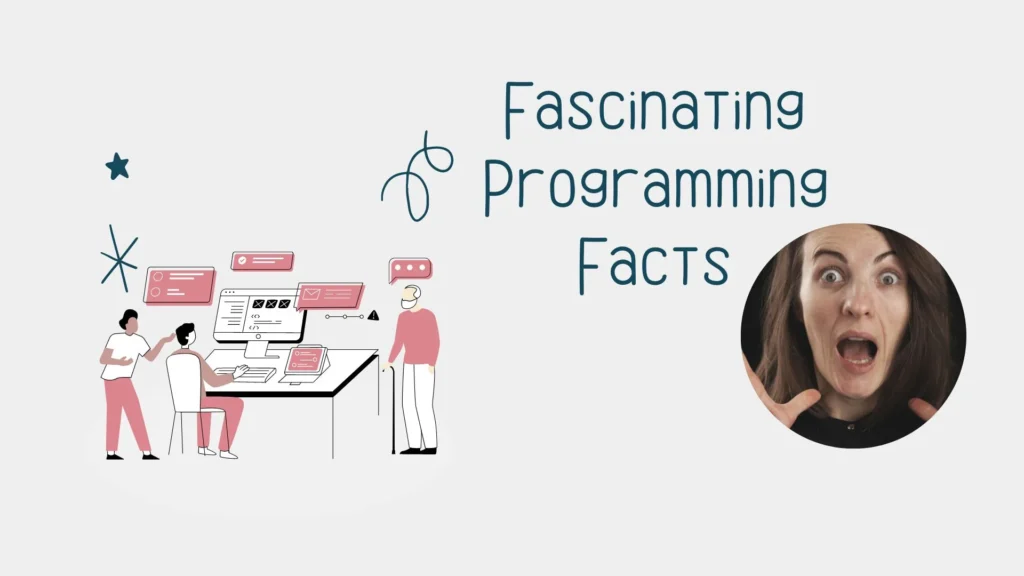
Programming is a fascinating field that has transformed the way we live, work and communicate with each other. It has become an essential part of our daily lives, and we cannot imagine a world without it. Over the years, programming has evolved into a complex and intricate art form that requires a lot of skill, creativity, and patience.
In this blog post, we will take a look at some interesting programming facts that are not only informative but also fun to know. So, let’s get started!
1. The first computer program was written by Ada Lovelace in 1843

Ada Lovelace, born in 1815, was a mathematician and writer who worked with Charles Babbage, a pioneer of computing technology. Together, they worked on the design of the Analytical Engine, a mechanical computer that was never built. Lovelace wrote a program for the engine, which was designed to calculate Bernoulli numbers, a sequence of rational numbers that appears in many mathematical calculations. This is widely recognized as the first computer program in history.
2. The first computer virus was created in 1986
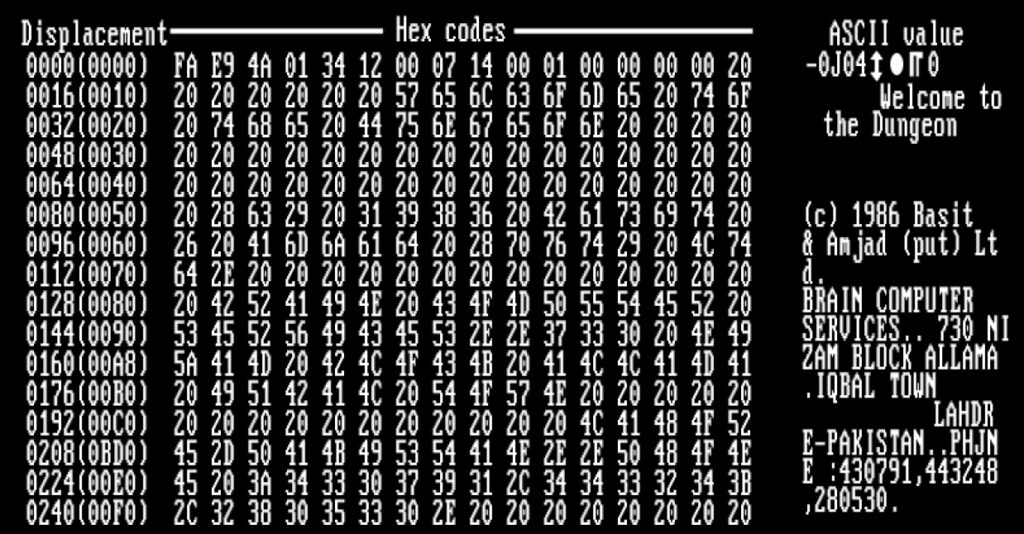
The Brain virus, created by two brothers from Pakistan, was the first computer virus to be discovered in 1986. The virus was designed to infect the boot sector of floppy disks and spread to other computers. It was named Brain because the address of the creators’ business was included in the virus code. Although it was relatively harmless, it marked the beginning of a new era of computer security threats.
3. The world’s first computer mouse was made of wood
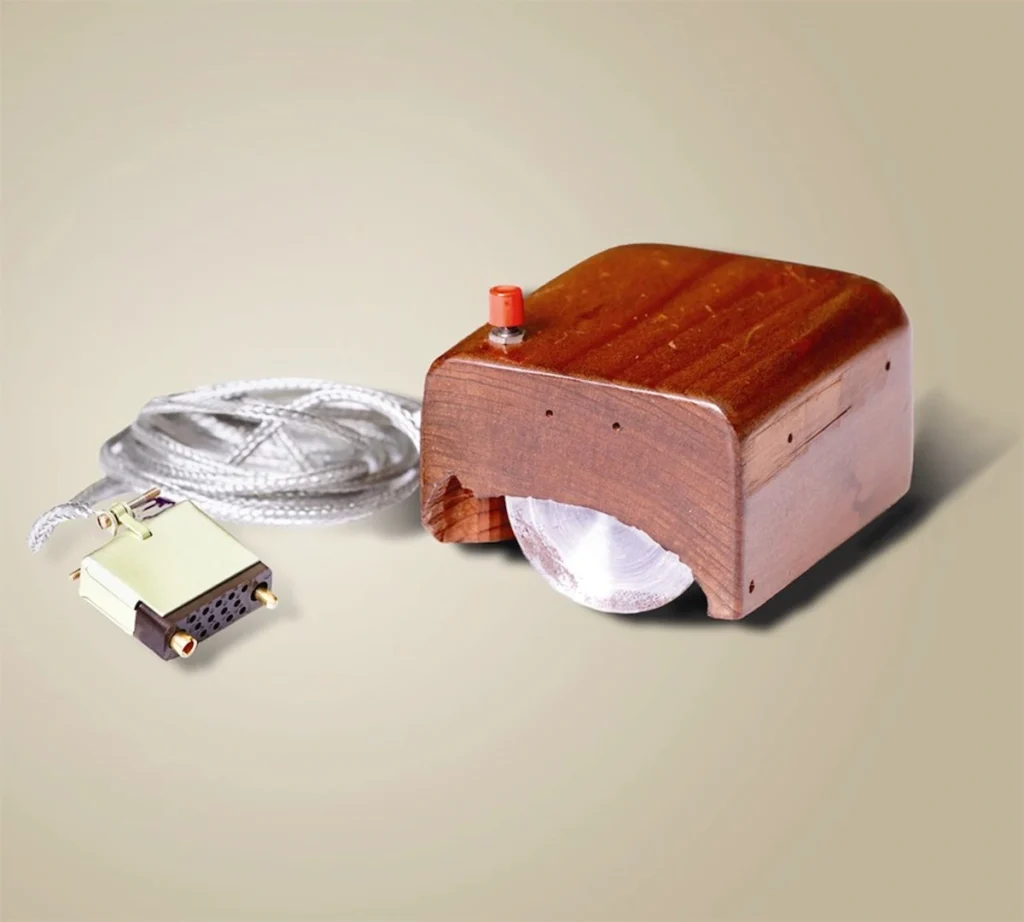
The first computer mouse was invented by Doug Engelbart in 1964. It was made of wood and had only one button. The mouse was created as a way to navigate a graphical user interface, which Engelbart and his team were developing. It was not until many years later that the mouse became a standard input device for personal computers.
4. The first website was launched in 1991

The first website was launched on August 6, 1991, by Tim Berners-Lee, the inventor of the World Wide Web. The website was hosted on Berners-Lee’s NeXT computer and was dedicated to information about the World Wide Web project. The website provided instructions on how to use the Web and featured links to other websites.
5. The first programming language was Fortran
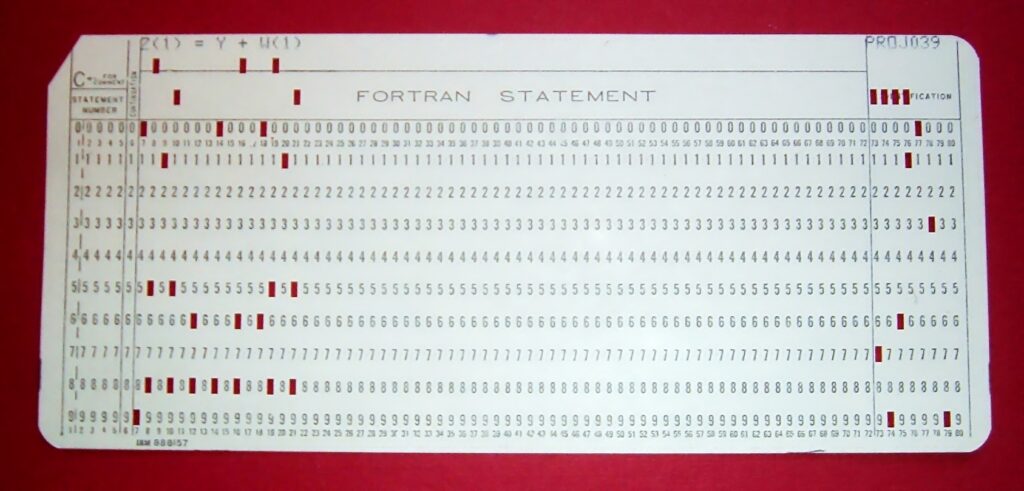
Fortran, or Formula Translation, was the first high-level programming language. It was developed by IBM in the 1950s and was designed for scientific and engineering applications. Fortran is still used in many scientific and engineering applications today, although it has been largely replaced by other languages such as C++ and Python.
6. The first computer game was created in 1962
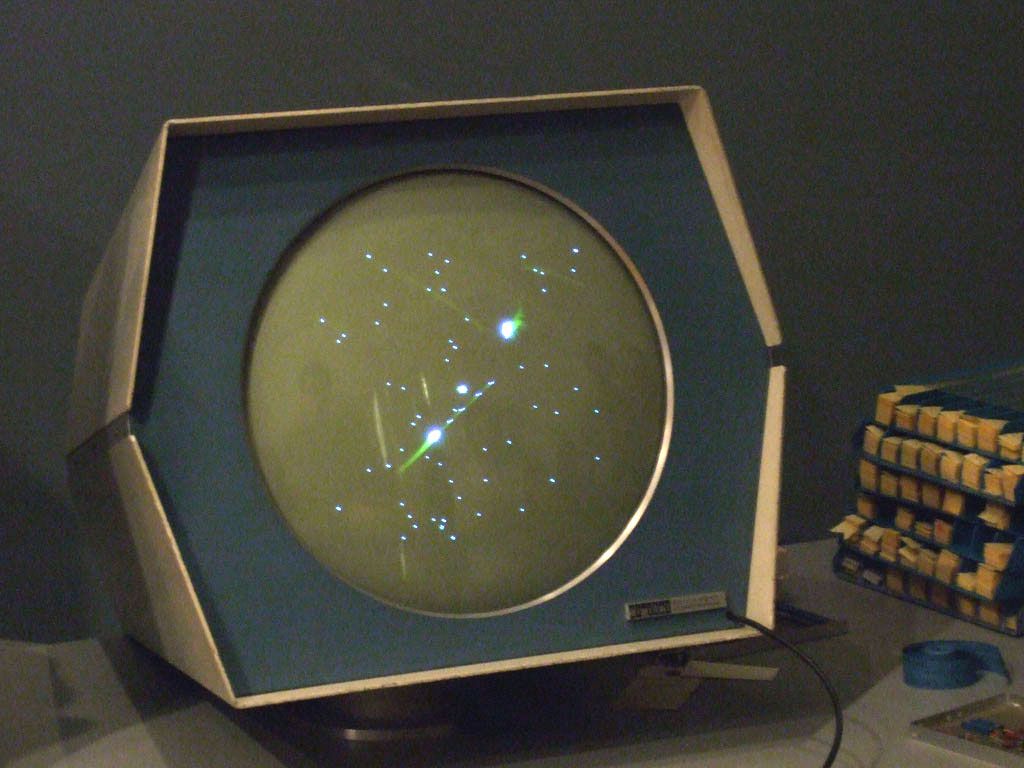
The first computer game, Spacewar!, was created in 1962 by a group of students at the Massachusetts Institute of Technology (MIT). The game was played on a PDP-1 computer and featured two spaceships battling each other in outer space. The game was widely popular and inspired the development of other computer games.
7. The first computer programmer was a woman

Ada Lovelace is widely recognized as the first computer programmer. She was a mathematician and writer who worked with Charles Babbage on the design of the Analytical Engine. Lovelace is credited with writing the first algorithm intended to be processed by a machine, making her the first person to recognize the potential of computers beyond mere calculation.
8. The first computer hard drive weighed over a ton

The first computer hard drive, developed by IBM in 1956, was called the IBM 305 RAMAC. It had a capacity of only 5 megabytes and weighed over a ton. The hard drive was the size of two refrigerators and used 50 spinning disks to store data. Today, we have hard drives that can hold terabytes of data and are small enough to fit in the palm of our hands.
9. The first computer password was “log”
The first computer password was used at the Massachusetts Institute of Technology (MIT) in the 1960s. The password was “log” and was used to protect access to the university’s computer system. Today, passwords are much more complex and are often required to meet certain criteria such as including upper and lowercase letters, numbers, and special characters.
10. The term “bug” was coined after a real insect caused a computer malfunction
The term “bug” was first used by Grace Hopper, a computer scientist and United States Navy rear admiral. In 1947, Hopper found a moth trapped in one of the relays of the Harvard Mark II computer, causing a malfunction. She removed the moth and taped it to a log book, noting that they had “debugged” the system. This is believed to be the origin of the term “debugging” and “bug” as it relates to computer problems.
11. The first computer to use a graphical user interface (GUI) was the Xerox Alto
The Xerox Alto was a research computer developed in 1973 by Xerox PARC (Palo Alto Research Center). It was the first computer to use a graphical user interface (GUI) and featured a mouse, windows, and icons. The Alto was not a commercial success, but it inspired the development of the Apple Macintosh and other GUI-based operating systems.
12. The first programming language for the web was JavaScript
JavaScript, created by Brendan Eich in 1995, was the first programming language designed specifically for web development. It was originally developed as a way to add interactivity to web pages and has since become a widely used language for building complex web applications.
13. The first 1GB hard drive cost over $1,000
The first 1GB hard drive, the IBM 3380, was introduced in 1980 and cost over $40,000. Adjusted for inflation, this is equivalent to over $120,000 in today’s dollars. Today, you can purchase a 1TB hard drive for less than $50.
14. The first computer-generated music was created in 1951
The first computer-generated music was created by a computer called the CSIRAC in Australia in 1951. The music was a rendition of “Colonel Bogey’s March” and was created using a program that was designed to convert punched cards into music notes.
15. The first computer virus to cause significant damage was the Morris worm in 1988
The Morris worm, created by a graduate student at Cornell University named Robert Tappan Morris, was the first computer virus to cause significant damage to the internet. The worm infected thousands of computers, causing them to crash or become unusable. The incident led to the development of new computer security measures and increased awareness of the importance of computer security.
Final Word
In conclusion, programming is a fascinating field with a rich history and many interesting facts. From the earliest computers and programming languages to modern software and hardware, there are countless stories and discoveries that have shaped the world of technology as we know it today. As we continue to push the boundaries of what is possible with programming, we can look back on these great programming facts and appreciate the ingenuity and creativity of those who came before us. Whether you are a seasoned programmer or just starting out, these facts serve as a reminder of the incredible potential and impact of the world of programming.

